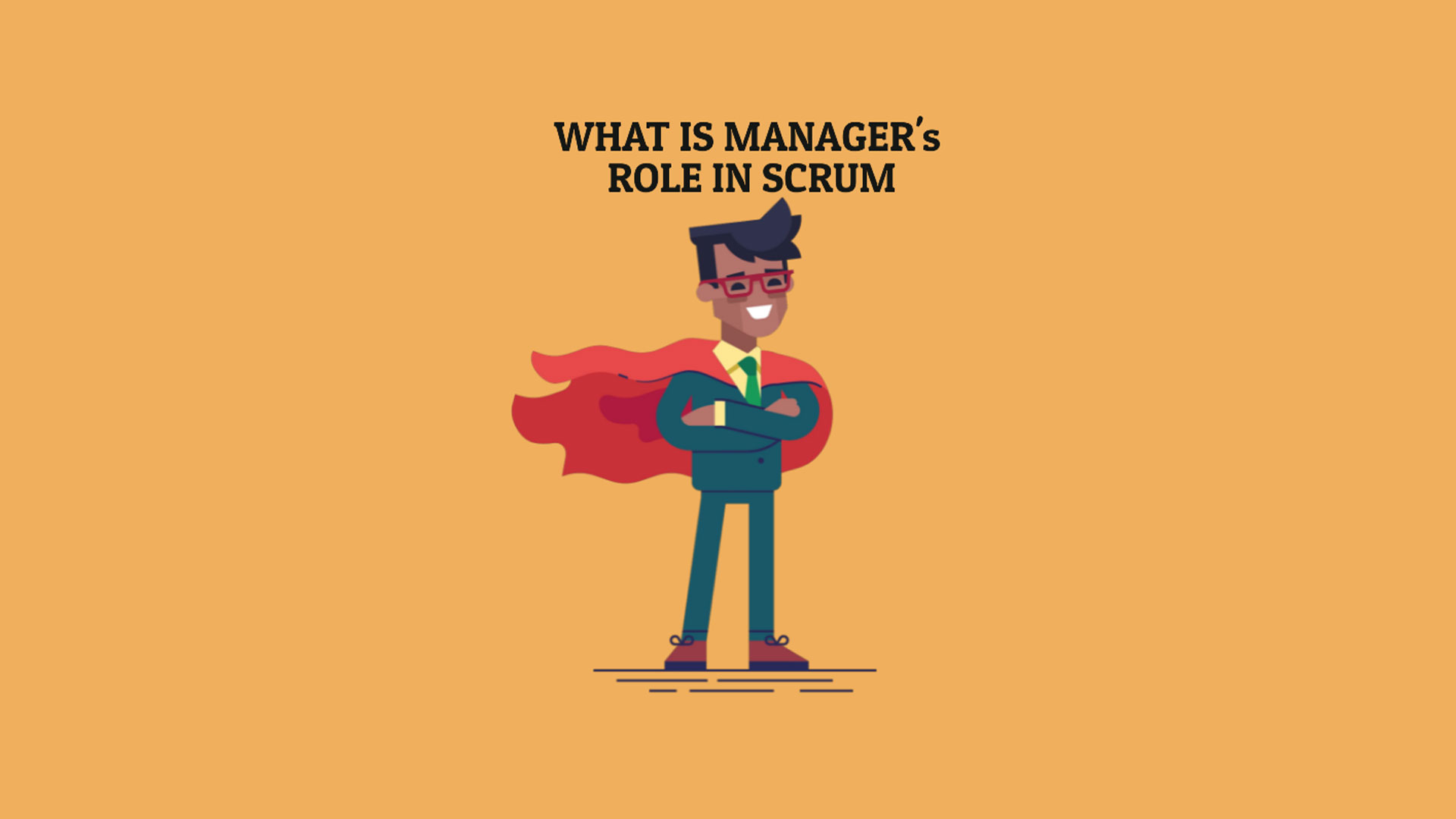
What is Manager’s role in Scrum?
There is one frequent question that I encounter in my workshops. There is a piece of information that is missing in the Scrum Guide. Interestingly, It is regarding the managers. Where is the role of Manager in Scrum? The missed-out information makes many organisations confused if they have a similar place and adopts Scrum or present an Agile transformation.
While there are apparent intermediate paths present for the managers and other senior leadership position holders, the unclearly defined middle managers often question the roles in official Scrum they fill. What are they? Are they product owners? Or a scrum master? Or developers?
It can be a challenging leadership problem and problematic to resolve. However, there is no direct and clear answer to the query. For clearing the dilemma, I have to recall the elementary difference between a project and a product.
Project Vs Product
As you can notice, Scrum focuses directly on products; thus, you have a Product owner. In traditional project management, the success of the project gets measured against scope, time and cost. Thus, the process leads to lesser value management and focuses on task management.
In contrast, the product mindset gets derived from the outcome, and the project mindset is activity. In traditional management, all three variables get managed by the project manager.
In a product environment, all the variables receive collaborative management.
For example, the scope and time get handled by the Scrum team, while the cost is by the product owner. In such cases, the confusion lies in the manager’s role.
Role Mapping
Direct one-to-one mapping is the way out for most of the executives of the organisations. We are following the Agile transformation. Thus, all these people will get a role in Scrum, and the rest of the group will get another position in Scrum. Among all these, I encounter a common idealogy in one-to-one mapping: taking the project management office and turning them into scrum masters and taking the business analysts to enrol them in product ownership roles. But, as per my point of view, it is not a great solution.
Is there a superior approach?
A “try scrum” entity identifies how to determine and focus on the individual strengths of each employee. It is very crucial while undergoing an Agile transformation. If you know who will fit best for each of the roles, acquiring success gets easier. Also, considering the individual’s passion helps in redefining the new responsibilities.
Now, let me get back to the original doubt.
Where is the role of Managers in Scrum? Do we need them?
There is no direct answer to this. My answer to this question will be; it depends on the organisation. Considering my experience, managers can play enablers. Although there is no buzz about Management in Scrum, managemental aspects are present in Scrum.
According to the Scrum Guide, Scrum looks after the existing effectiveness of the management, environment, and functioning ability to improve them. In other words, it challenges the way that the Organisation works to create value.
Scrum is not a methodology. It deliberates gives the choice-making to the management. It allows the business to get structured rightly and organise itself to get better. Considering from my viewpoint, managers are certainly enablers and can perform varied responsibilities.
Leading in a Hybrid World
Every middle manager may not be suitable for the role of product owner or scrum master role. It leaves the scopes of uncertainties. But you need not worry. Despite having no role as a Scrum manager, it does not imply requiring them. Instead, it signifies that their role and responsibilities vary. Take a look at the picture,
Picture Credits: Scrum.org
We primarily work in an environment that got created on traditional, plan-driven, and top-down principles. We are gradually transforming towards a self-organised and empirical environment. It gets designed for the complex domain. Leading an Agile team refers to making the people more successful with dynamicity. It is one of the major responsibilities of a manager. Among the many responsibilities of a manager, the following are a few significant ones:
- Developing an environment for the growth of the Agile team
- Work towards and organisation and scrum teams as a serving leader
- Reconstruct the obstacles that hamper the growth
- Proactively work on continuous improvement, self-improvement, feedback, adaptability.
- Helping the team to succeed.
Conclusion
To conclude, Scrum does not have a role of a “manager”. It certainly does not imply we do not necessitate one. Ultimately, capitalising on individual strengths for transforming them to accomplish the new roles helps the organisation and individuals equally and leads to success.




